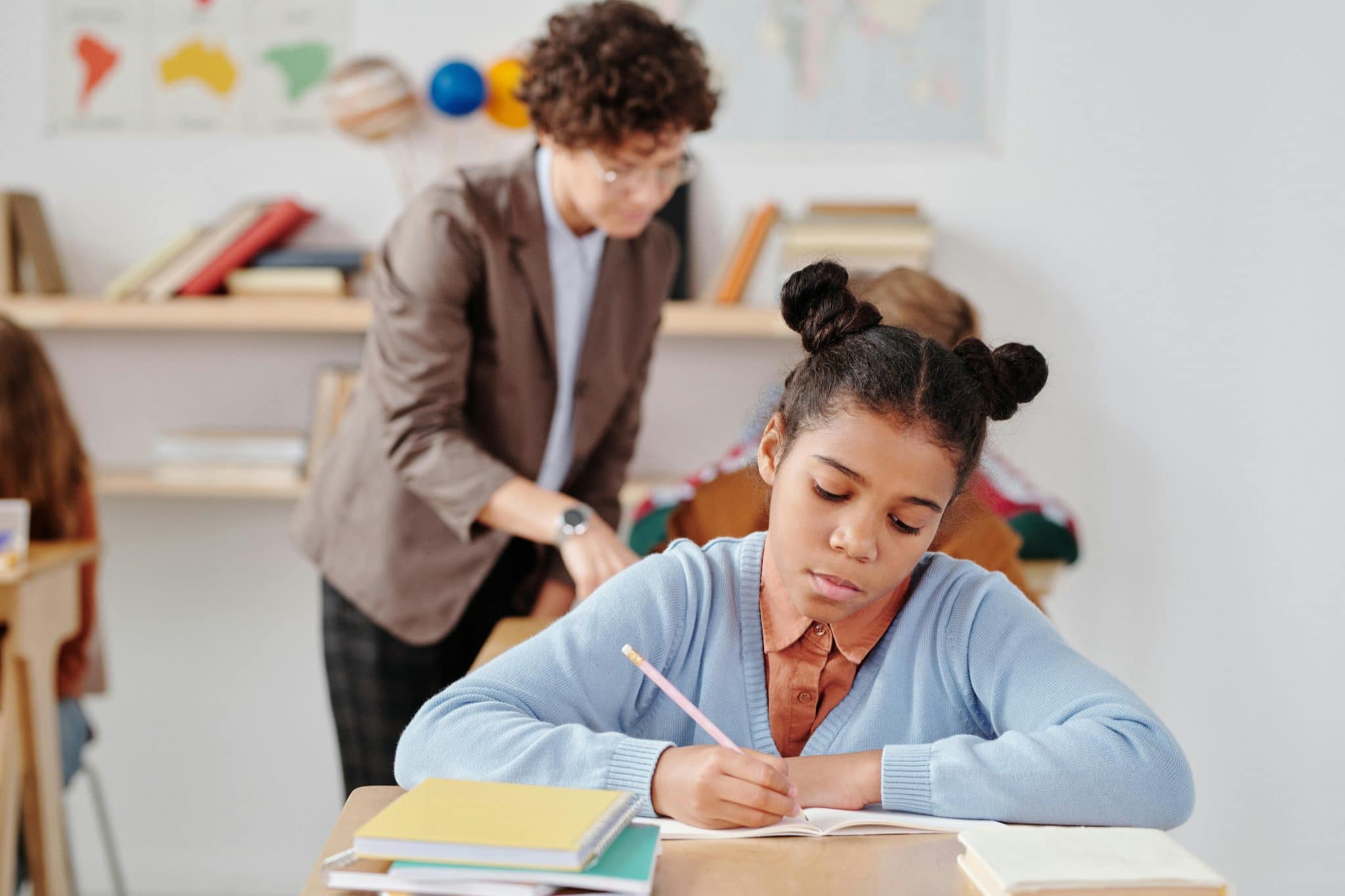Anxiety in the Classroom: Supportive Strategies for Teachers
Anxiety is a common mental health disorder that affects a large number of individuals worldwide. It is even more prevalent among children and adolescents, with studies showing that approximately 6.3 million young people in the United States alone suffer from anxiety disorders. With the increasing pressure and demands placed on students in today’s education system, it’s no surprise that anxiety is becoming a more prevalent issue in the classroom. As a teacher, it is imperative to understand and address the impact of anxiety on students to provide a supportive learning environment. In this article, we will discuss some helpful strategies that teachers can implement to support students with anxiety in the classroom.
Understanding Anxiety in the Classroom
Anxiety is often misconceived as mere nervousness or shyness, but it is a complex mental health disorder with various forms and symptoms. It can manifest in many ways and may have severe impacts on a student’s academic and social functioning.
The Impact of Anxiety on Students
Anxiety affects students in various ways, some of which may be challenging to identify. On a more superficial level, students may appear stressed, irritable, or overly cautious in the classroom. However, anxiety can also cause more severe symptoms, such as difficulty concentrating, restlessness, and even panic attacks. These symptoms can significantly impact a student’s academic performance and affect their overall well-being. Students with anxiety may also withdraw from their peers, affecting their social development and relationships.
Causes of Anxiety in the Classroom
The education system can be a significant contributor to student anxiety. The constant pressure to perform well, excessive homework, and high-stakes testing can be overwhelming for some students. For others, it may be their home environment or underlying issues such as trauma or learning disabilities that contribute to their anxiety. Understanding the root causes of anxiety in your students can help in providing appropriate support and accommodations.
Supportive Strategies for Teachers
Create a Safe and Positive Classroom Environment
The classroom should be a safe and comfortable space for students to learn and express themselves without fear of judgment or failure. As a teacher, it’s crucial to foster a positive and inclusive classroom culture where students feel accepted, supported, and valued. You can achieve this by being approachable, implementing mental health awareness in your curriculum, and providing opportunities for students to share their thoughts and feelings.
Communicate and Collaborate with Students and Parents
Open communication with both students and their parents is essential in supporting students with anxiety. Encourage your students to share their concerns and needs with you openly. Regular check-ins with parents can also help you understand the student’s triggers and how to best support them. Building a strong relationship with students and their parents can have a positive impact on their overall well-being and academic success.
Create a Routine and Manage Expectations
Anxiety thrives on uncertainty, so it’s crucial to establish a daily routine that students can rely on. Create a structured schedule with clear expectations and communicate them to your students. This will help alleviate some of their stress and give them a sense of control. It’s also important to be flexible and understanding when unexpected events occur, as this can also contribute to anxiety.
Provide Alternative Assessment and Accommodations
The traditional education system is not always conducive to students with anxiety. High-stakes testing, presentations, and group work can cause significant stress and anxiety for students. As a teacher, it’s crucial to provide alternative assessment methods and accommodations for students who may struggle with these requirements. This can include allowing students to take exams in a quiet room, providing extra time on assignments, or allowing them to complete presentations in small groups.
Teach Relaxation and Coping Techniques
Teaching students relaxation and coping techniques can be beneficial in managing their anxiety. Encourage deep breathing exercises, mindfulness techniques, and offer resources (such as apps or workbooks) that students can use on their own. These techniques can help students manage their anxiety symptoms, both inside and outside of the classroom.
In Conclusion
Anxiety is a significant issue that teachers must be aware of and address in the classroom. By creating a safe and supportive environment, communicating openly with students and parents, establishing a routine, providing alternative assessment methods, and teaching relaxation techniques, teachers can better support students with anxiety and help them thrive in their academic and personal lives. Remember, early intervention and support can make a significant difference in a student’s journey towards managing their anxiety.










